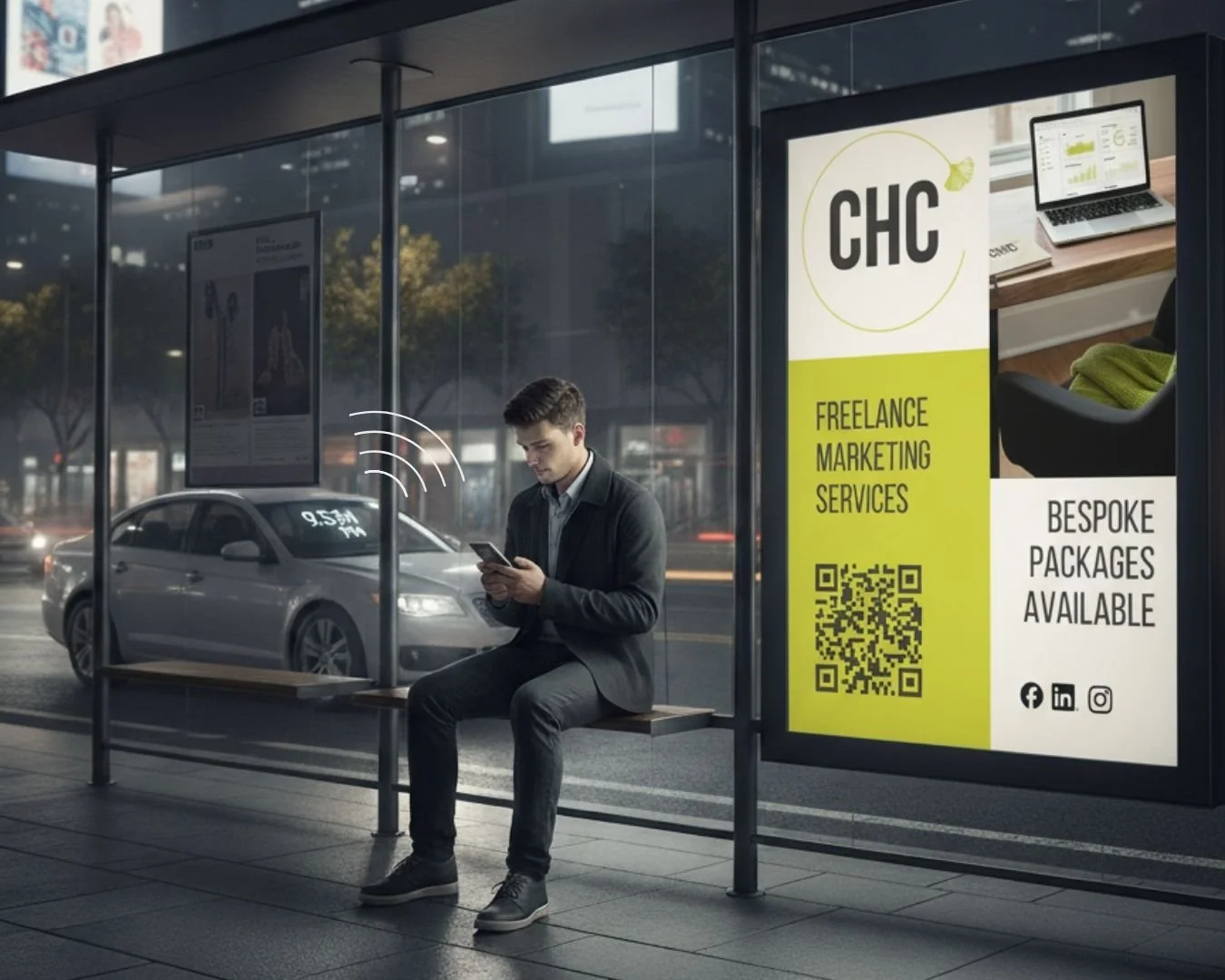The Return of Radio Advertising & OOH: Why Old Media Still Pulls Its Weight
Digital dominates the marketing conversation — SEO, TikTok, Google Ads. It’s easy to believe that if you’re not online, you don’t exist.
But here’s the truth: radio and out-of-home (OOH) advertising still deliver some of the best returns for small businesses, especially locally.
Rather than replacing digital, these “old media” channels can make your online campaigns work harder.
Radio Advertising: The Resilient Medium
Radio isn’t dead — far from it. According to JNLR (Joint National Listenership Research) / Ipsos figures, Irish radio reaches 80% of adults every week, and time spent listening has held steady despite the rise of podcasts.
Why it works:
Reach: Local stations are embedded in the community. More than half (51.8% to 52.5%) of all Irish adults tune into their local or regional station daily (from JLNR figures).
Trust: People trust presenters they hear daily. Radiocentre Ireland’s Campaign FX research shows that people exposed to audio advertising within a campaign are 72% more likely to trust a brand than those who are not.
ROI: Radiocentre studies in the UK show that every €1 spent on radio generates about €7 in sales. A Trust in Advertising survey conducted by Nielsen says that 63% of adults say that they take action having heard ads on Irish radio.
Tips for SMEs: Making Radio Work
Start local: Community and regional stations are affordable, with strong audience loyalty. Perfect for businesses serving a defined catchment.
Pick your slot carefully: Match your audience’s routine. Morning and drive-time are premium, but mid-day often offers value if you’re targeting parents or retirees.
Sponsorships over spots: Weather, traffic, or show segments give repeated mentions and a halo effect from trusted presenters.
Keep the message simple: One key message per ad. Avoid cramming in too much detail — people are listening on the go.
Measure impact: Use a trackable offer (“mention this ad for 10% off”) to see if listeners convert.
Out-of-Home: Everyday Visibility
OOH has also proven its staying power. From bus shelters to digital screens, it’s the medium people can’t scroll past.
Why it works:
Always on: Posters and screens are part of the daily routine.
Uplift: Outdoor Media Association Ireland data shows OOH can increase the effectiveness of digital campaigns by up to 40% when used together.
Local impact: A small business can target specific postcodes or neighbourhoods rather than going city-wide.
Tips for SMEs: Making OOH Work
Think hyper-local: Place ads close to your store, service area, or along commuter routes your customers travel.
Choose high-frequency locations: Bus shelters, supermarkets, or school gates where people linger are often more effective than large billboards.
Keep it bold and simple: Your ad has 3–5 seconds to register. Big text, strong colours, and one clear call-to-action.
Use digital OOH where possible: Many towns now offer digital boards where you can book by the week and rotate creatives.
Integrate with digital: Use the same tagline or creative across OOH and social to reinforce recognition when people search for you online.
Old + New = Stronger Together
The real power comes when you combine both:
Radio builds trust and emotional connection.
OOH provides repeated, visual reminders.
Digital captures the search and the sale.
For a small business, even a modest radio spend or one OOH placement can lift the performance of your social ads and search campaigns. Customers might hear you on the radio, see your poster, and then Google you — and because they already recognise your name, they’re more likely to click.
Getting Started Without Big Budgets
Start local: Look at regional radio, and a small geographic area for OOH sites.
Think Short-term: OOH cycles tend to be 2 weeks - book one cycle, with radio scheduled in that window, and augment with digital spend for an omni-channel campaign
Measure impact: Add a simple call-to-action (e.g. “Mention this ad for 10% off”) to track what works.
The Key Takeaway?
Old media hasn’t gone away. In fact, it’s proving its worth in a digital-first world. For small businesses, radio and OOH remain powerful, affordable ways to get noticed — especially when combined with digital.
Don’t think of it as “old versus new.” Think of it as another way to meet your customers where they already are — on the road, in the car, and in the community.




